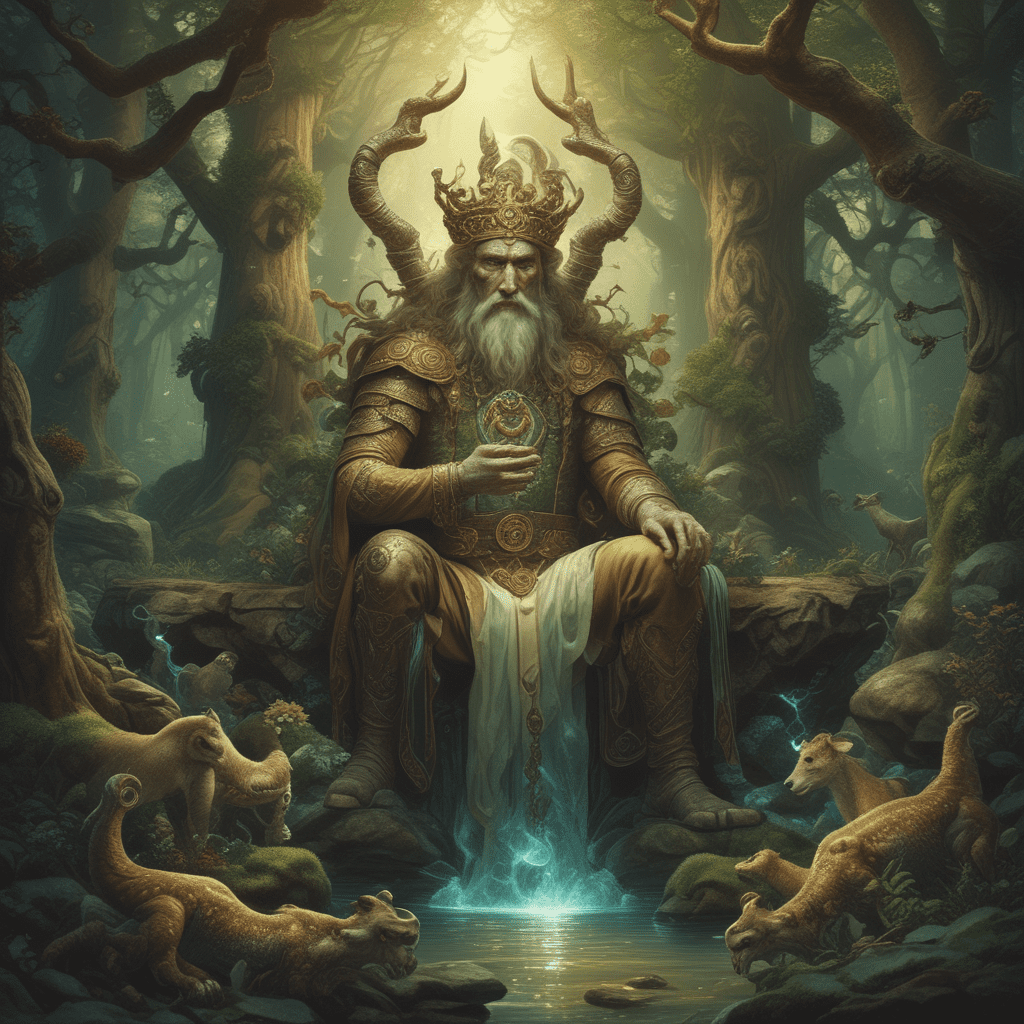The Connection Between Celtic Mythology and Shamanism
Celtic mythology and Shamanism are two ancient belief systems that have influenced each other over the centuries. Let’s explore the intriguing connections between these two spiritual traditions.
What is Celtic Mythology?
Celtic mythology refers to the myths, legends, and spiritual beliefs of the Celtic people. These folklore traditions originated from the Celtic-speaking cultures of Europe, including Ireland, Scotland, Wales, and parts of France. The stories of Celtic mythology often revolve around deities, warriors, and mystical creatures.
What is Shamanism?
Shamanism is a spiritual practice found in various cultures worldwide, rooted in the belief that the shaman acts as an intermediary between the physical and spirit worlds. Shamans are believed to harness the spiritual energies to heal, communicate with spirits, and navigate the mystical realms.
The Interconnection Between Celtic Mythology and Shamanism
The intriguing connection between Celtic mythology and Shamanism lies in their shared reverence for nature, spirits, and the unseen realms. In Celtic mythology, druids acted as priests, scholars, and advisers, bridging the human and spiritual worlds. Similarly, shamans from different cultures – including those practicing Celtic Shamanism – fulfill similar roles, guiding their communities and maintaining spiritual balance.
Celtic mythology often features tales of shape-shifting beings, mystical creatures, and encounters with the Otherworld – a realm where gods and spirits reside. Shamans, through their rituals and journeys, also traverse the spirit world, commune with spiritual beings, and gain wisdom to help their communities.
Practices and Rituals
Both Celtic mythology and Shamanism involve practices and rituals to honor the deities, spirits, and forces of nature. Offerings, ceremonies, invocations, and trance-inducing techniques play a significant role in these traditions. Shamans may undertake spirit journeys, while Celtic rituals may include festivals tied to the cycles of nature, such as Samhain and Beltane.
Conclusion
The intricate web of beliefs and practices between Celtic mythology and Shamanism showcases the interconnectedness of spiritual traditions across cultures. By delving into the rich tapestry of stories, rituals, and worldviews of both traditions, we gain a deeper understanding of our ancient human quest for connection with the divine and the natural world.
FAQ about the Connection Between Celtic Mythology and Shamanism
What is Celtic Mythology?
Celtic mythology refers to the beliefs, stories, and traditions of the ancient Celtic people. It encompasses a rich tapestry of gods, goddesses, heroes, and creatures, offering insights into their worldview and spirituality.
What is Shamanism?
Shamanism is a practice involving a practitioner, known as a shaman, who interacts with the spirit world to address the needs of their community. Shamans often engage in healing, divination, and spiritual guidance through altered states of consciousness.
How are Celtic Mythology and Shamanism connected?
The connection between Celtic mythology and shamanism lies in the shared belief in the existence of the spirit world and the ability to communicate with it. In Celtic tradition, individuals known as “seers” or “druids” acted as intermediaries between the physical and spiritual realms, similar to shamans in other cultures.



